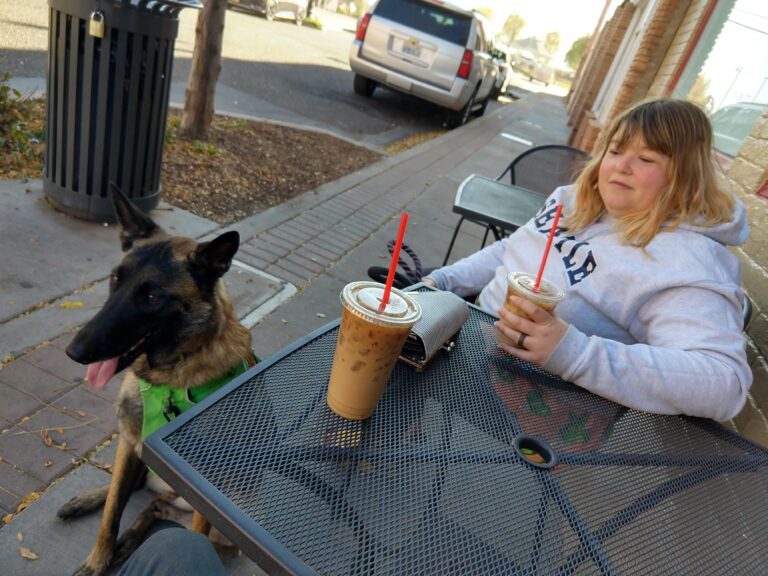OUR TRAINING METHODS
We prioritize strengthening the bond between you and your dog, so they want to listen
We teach you how to:



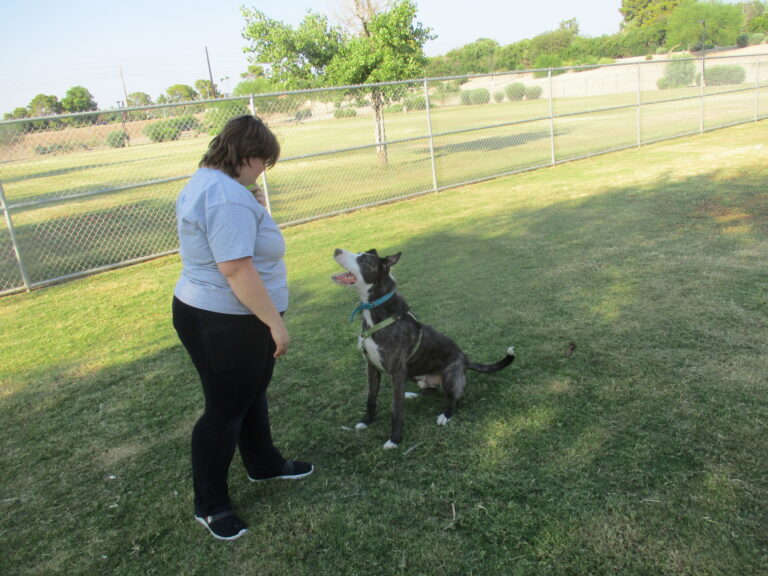
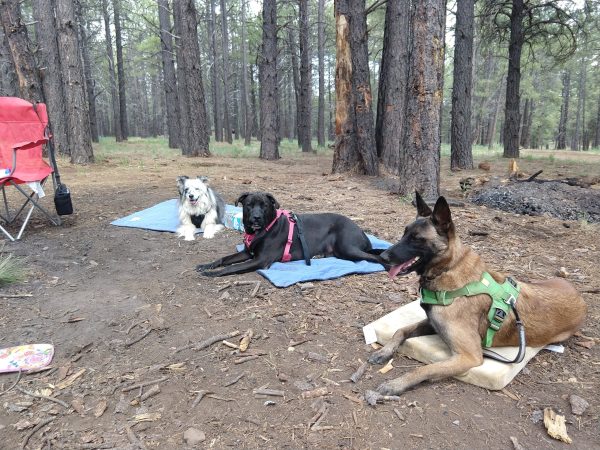
Broadly speaking, our methods fall into the "force-free" category
Meaning we don’t use things like spray bottles, scary noises, collar corrections or physical punishment. Because while those methods sometimes work to stop unwanted behavior in the short term, they often create worse behavior or even aggression in the long term, and make it harder to build a strong bond.
Already using corrections? No worries!
We meet you where you’re at, and we can help you gradually remove the need for them.
How we get even the most “stubborn” or independent dogs to listen to what you say

You know how there are certain words or phrases, like “want a treat?” “dinner time,” “let’s go for a walk,” that make dogs snap to attention and say “HELL YES I WANT A TREAT/DINNER/WALK?”
You’ll learn how to condition that same response when your dog hears their recall cue.

When your dog understands how to work for environmental reinforcers (exploration, sniffing, movement, etc), you can put all those annoying “distractions” to work for you.
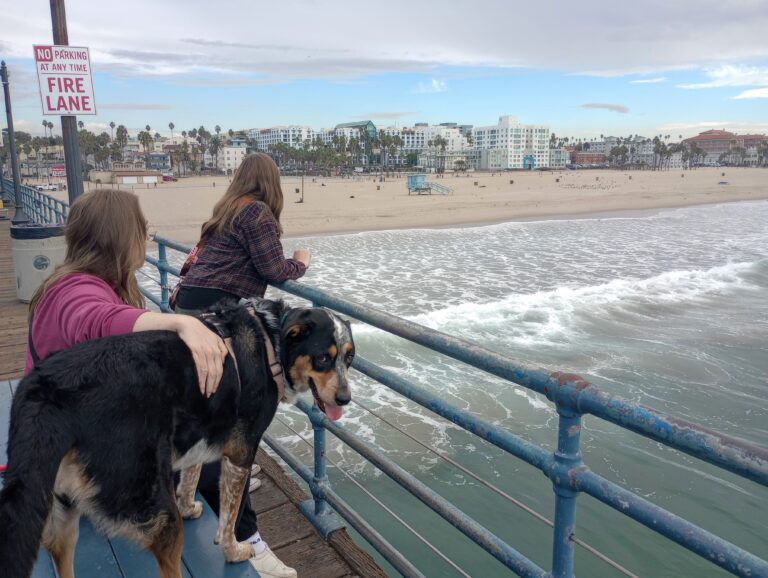
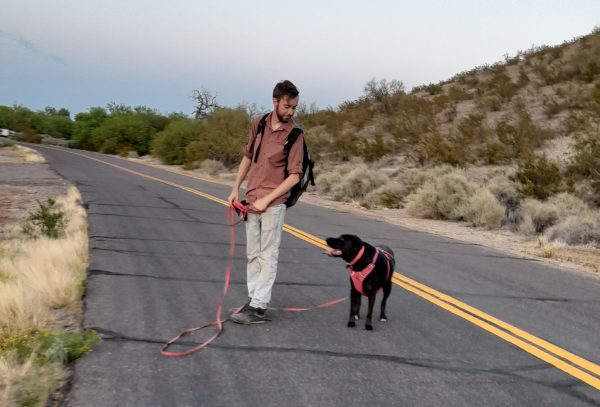
It ain't just about treats
Food is super convenient for training and relationship-building, and we’ll teach you how to use it correctly.
But positive reinforcement is about a lot more than food. Real-life rewards can be even more powerful. Once you see how much you can “pay” your dog with life itself, your training toolbox expands in ways you never imagined.
Work smarter, not harder
Training is only one part of what we do.
A lot of behavior challenges aren’t really training issues at all; they’re signs of unmet needs, misunderstandings, or built-up frustration.
We show you how to use enrichment, management, and smart routines to meet your dog’s physical, mental, and emotional needs so that good behavior happens naturally. This means you can do less training and still get better results.
